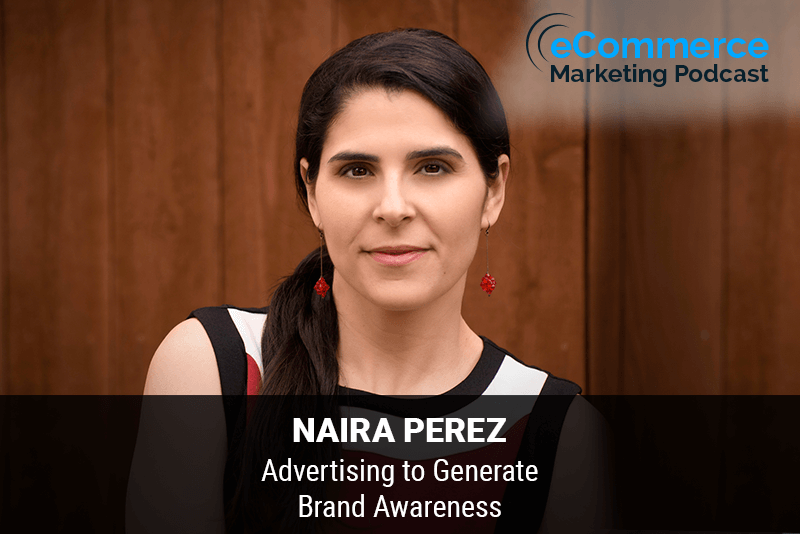
eCommerce Marketing Podcast
The eCommerce Marketing Podcast walks you through everything that goes into ecommerce marketing — from inbound marketing to paid advertising to conversions. Learn the strategies top marketing experts use to grow their businesses.
Advertising to Generate Brand Awareness – with Naira Perez
byArlen Robinson
Marketing Strategies Revealed in this Episode:
- What is the primary goal when advertising
- The checklist and framework that should be followed to get the most out of your ads
- Common mistakes committed in advertising
- Businesses that have been successful with their advertising campaign

In this episode of the Ecommerce Marketing Podcast, host Arlen Robinson interviews Naira Perez, founder of SpringHill Digital. Naira shares her extensive experience in marketing, emphasizing the importance of setting clear goals and strategies for digital advertising. She provides actionable insights on creating effective ad campaigns, optimizing ad spend, and avoiding common pitfalls.
Key Takeaways:
- Introduction to Naira Perez (00:00:10)
- Overview of Naira’s background from TV advertising to founding SpringHill Digital in 2016.
- Importance of Setting Clear Advertising Goals (00:04:30)
- Primary and Secondary Goals (00:05:00): Beyond sales, consider goals like building a community and reactivating your audience.
- Foundation for Success (00:07:00): Establish a target audience and create strategies for long-term success.
- Creating an Effective Advertising Framework (00:08:30)
- Audience Targeting (00:09:00): Define specific personas to target ads effectively.
- Engaging Content (00:11:00): Develop content that captures attention within the first 1-2 seconds.
- Call to Action (00:12:30): Clearly instruct your audience on what to do next.
- Cohesive Landing Page (00:14:00): Ensure the landing page matches the ad’s message and maintains the customer journey.
- Optimizing Ad Spend (00:17:00)
- Daily vs. Lifetime Budget (00:18:00): Understand the differences and advantages of each. Lifetime budgets allow better optimization over time.
- Avoiding Fast Spend (00:20:30): Do not let platforms spend your budget as quickly as possible without optimizing results.
- Common Advertising Mistakes (00:23:00)
- Misunderstanding Budget Options (00:23:30): The pitfalls of daily vs. lifetime budgets.
- Inadequate Testing and Optimization (00:24:30): Importance of allowing time for optimization.
- Learning from Successful Campaigns (00:28:00)
- Analyzing Competitors (00:28:30): Use Facebook’s ad transparency tools to study successful ads from competitors and industry leaders.
Guest Information:
Naira Perez
- Founder of SpringHill Digital
- Website: SpringHill Digital











